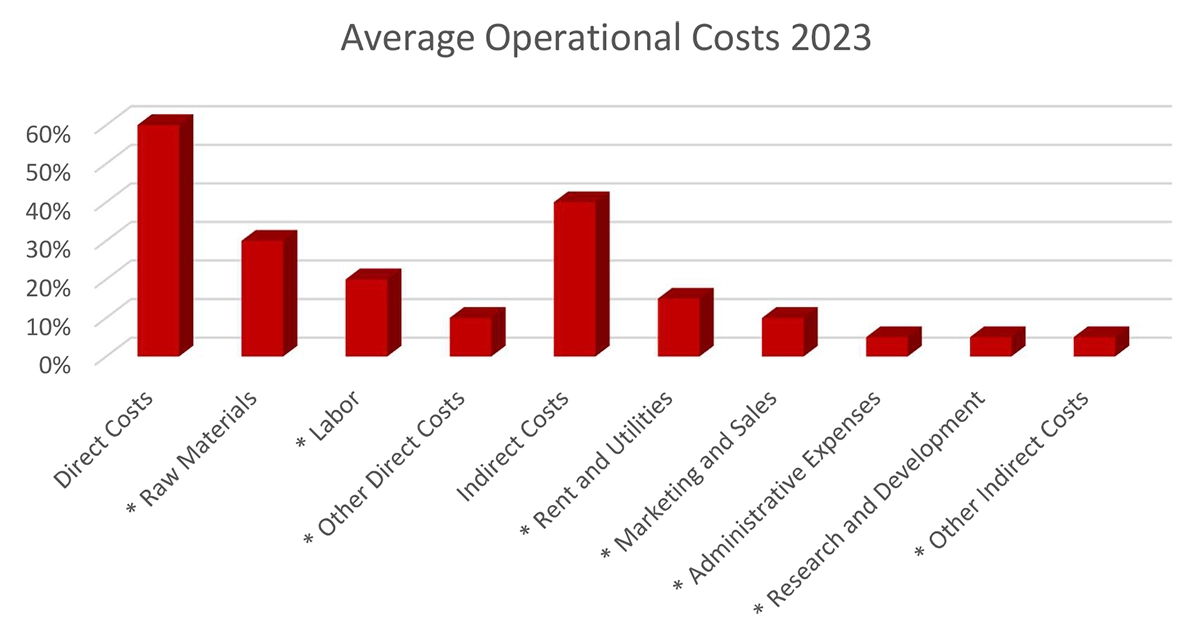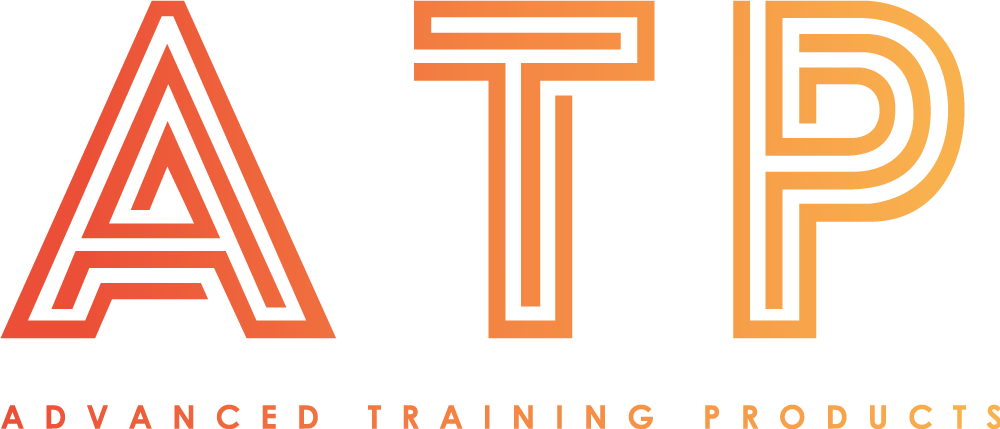White Papers and Press Releases
At Advanced Training Products, we're committed to empowering organizations with the knowledge and tools they need to create safer, healthier workplaces. Our thought leadership resources provide valuable insights into a range of topics, including:
- Total Worker Health® initiatives
- Workplace impairment prevention
- Reasonable suspicion protocols
- Cannabis legalization and its impact on the workplace
Stay informed and stay ahead with our expert analysis and actionable advice.
Keep up with the latest industry news through our press releases below.
Navigating the Operational Labyrinth of Workplace Impairment: Mitigating Risks, Fostering Open Communication, and Leveraging Technology
Workplace impairment, encompassing physical, mental, or behavioral conditions that diminish an individual's ability to function safely and effectively, poses a significant challenge for organizations. Beyond the immediate safety concerns and potential legal liabilities, workplace impairment also disrupts floor efficiency, hinders workflow management, and creates cultural and interpersonal challenges.
Workplace impairment can significantly impact operational efficiency and workflow management. Impaired employees may struggle with focus, coordination, and reaction time, leading to decreased output, increased errors, and higher accident rates. This can disrupt the flow of work, delay projects, and increase the overall time required to complete tasks.
Addressing workplace impairment presents cultural and interpersonal challenges. Organizations must navigate stigma, privacy concerns, and the potential for conflict when addressing impairment issues. It is crucial to approach these issues with sensitivity, empathy, and a focus on creating a supportive and inclusive work environment.
Certain states such as New Jersey, have established the role of the Workplace Impairment Recognition Expert ("WIRE") to help with these issues, by addressing the root causes of impairment-related accidents, such as implementing stricter safety protocols, training programs, and employee wellness initiatives, companies can mitigate these financial risks and protect their bottom line. Investing in a safe and healthy work environment not only protects employees but also safeguards the company's financial stability and long-term success.
Mitigate operational risks and safeguard your bottom line with Advanced Training Products, Inc.'s interactive program. Learn to build accountability, recognize impairment, conduct assessments, and document findings effortlessly with our free online tool. Invest in your workforce's safety and well-being - contact us today!
Fostering Open Communication
Creating a supportive work environment that fosters open communication about impairment issues is essential for prevention and early intervention. This involves:
- Establishing clear policies and procedures: Providing clear guidelines for identifying, reporting, and addressing impairment concerns can encourage open communication and reduce stigma.
- Normalizing conversations about impairment: Encouraging open dialogue about impairment, emphasizing that seeking help is a sign of strength and not weakness.
- Providing training for managers and supervisors: Equipping managers with the skills to recognize signs of impairment, conduct sensitive conversations, and provide appropriate support.

Role of Training and Education
Training and education play a critical role in preventing workplace impairment and promoting a culture of well-being. This includes:
- Employee awareness training: Providing employees with knowledge about impairment, its signs and symptoms, and the resources available to them.
- Manager and supervisor training: Equipping managers with the skills to identify, address, and intervene in impairment-related issues.
- Mental health and stress management training: Offering programs to promote employee well-being, reduce stress, and foster resilience.
The Value of Training and Documentation
Training and documentation play a crucial role in mitigating operational risks associated with workplace impairment. Effective training can:
- Enhance awareness: Educate employees and managers about workplace impairment, its signs and symptoms, and the proper reporting procedures.
- Promote open communication: Foster a culture of openness and encourage employees to seek help without fear of judgment or retaliation.
- Empower managers: Provide managers with the skills to identify, address, and intervene in impairment-related issues effectively.
Comprehensive documentation, on the other hand, can:
- Demonstrate due diligence: Provide evidence of the company's commitment to workplace safety and its efforts to prevent and address impairment issues.
- Inform prevention strategies: By tracking trends and patterns in impairment incidents, companies can identify areas for improvement and adapt prevention strategies accordingly.
- Support disciplinary actions: Accurate and detailed documentation serves as evidence to support disciplinary actions taken against employees for impairment-related violations.
Works Cited
Making the business case for total worker health. (2021, August 4). Retrieved December 2023, from Centers for Disease Control and Prevention: https://www.cdc.gov/niosh/twh/business.html
Worker's Compensation Costs. (2023, October 7). Retrieved December 2023, from National Safety Council: https://injuryfacts.nsc.org/work/costs/workers-compensation-costs/

